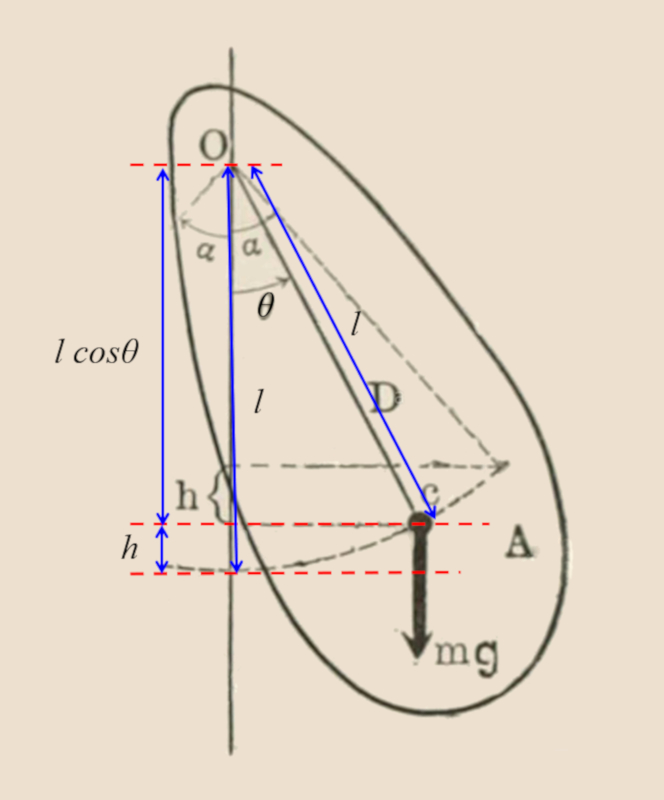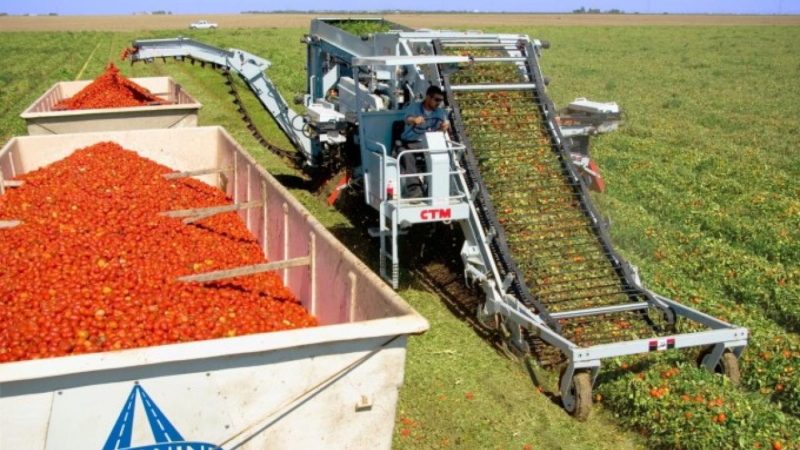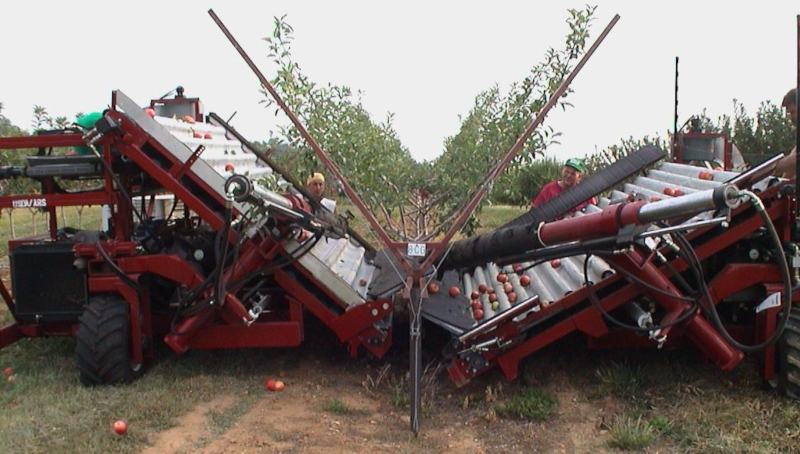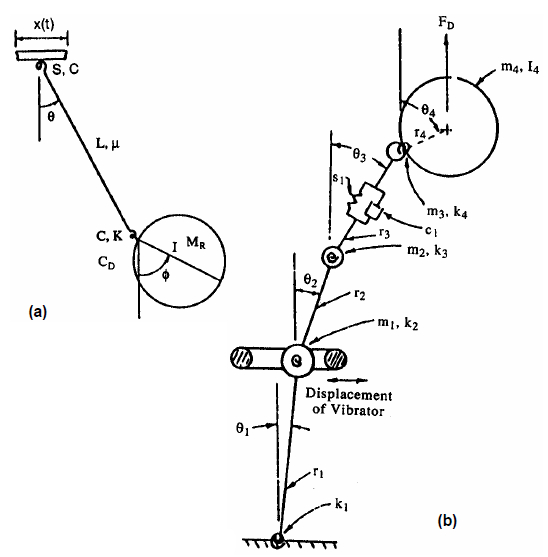Caída libre de la fruta
Equation 
Para cosechar fruta existe la posibilidad de liberarla y capturarla en pleno vuelo. Para ello se dispone del tiempo que se puede calcular de
ID:(12870, 0)
Resistance force
Equation 
The resistance force (F_W) kann mit the density (\rho), the coefficient of resistance (C_W), the total object profile (S_p) und the speed with respect to the medium (v) entsprechend berechnet werden folgende Formel:
Similarly to how the equation for the lift force (F_L) was derived using the density (\rho), the coefficient of lift (C_L), the surface that generates lift (S_w), and the speed with respect to the medium (v)
| F_L =\displaystyle\frac{1}{2} \rho S_w C_L v ^2 |
in this analogy, what corresponds to the surface that generates lift (S_w) will be equivalent to the total object profile (S_p) and the coefficient of lift (C_L) to the coefficient of resistance (C_W), thus the resistance force (F_W) is calculated:
| F_W =\displaystyle\frac{1}{2} \rho S_p C_W v ^2 |
The drag coefficient is measured and, in turbulent flows over aerodynamic bodies, values are generally found around 0.4.
ID:(4418, 0)
Fuerza gravitacional sin sustentación
Equation 
Si se resta la fuerza de flotación de la fruta en el aire la fuerza gravitacional será
ID:(12876, 0)
Velocidad relativa de caída
Equation 
Si se iguala la fuerza de resistencia aerodinámica con la de gravedad menos la de flotación se obtiene la velocidad de caída relativa como
O sea que una fruta en una corriente de esta misma velocidad flotara y impurezas serán arrastradas con la corriente. El sistema también se puede usar para separar calibres.
ID:(12877, 0)
Angular frequency for a physical pendulum
Equation 
Regarding the physical pendulum:

The energy is given by:
E=\displaystyle\frac{1}{2}I\omega^2+\displaystyle\frac{1}{2}mgl\theta^2
As a result, the angular frequency is:
Given that the kinetic energy of the physical pendulum with moment of inertia I and angular velocity \omega is represented by
| K_r =\displaystyle\frac{1}{2} I \omega ^2 |
and the gravitational potential energy is given by
| V =\displaystyle\frac{1}{2} m_g g L \theta ^2 |
where m is mass, l is string length, \theta is the angle, and g is angular acceleration, the energy equation can be expressed as
E=\displaystyle\frac{1}{2}I\omega^2+\displaystyle\frac{1}{2}mgl\theta^2
As the period is defined as
T=2\pi\sqrt{\displaystyle\frac{I}{mgl}}
we can determine the angular frequency as
| \omega_0 ^2=\displaystyle\frac{ m g L }{ I } |
ID:(4517, 0)




